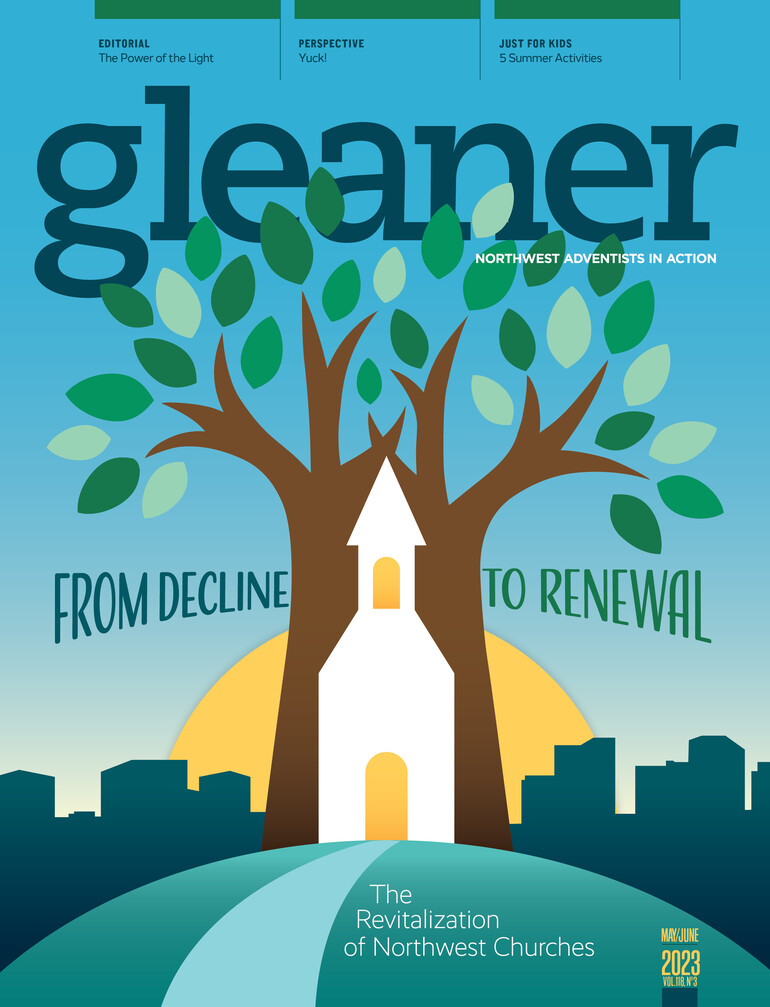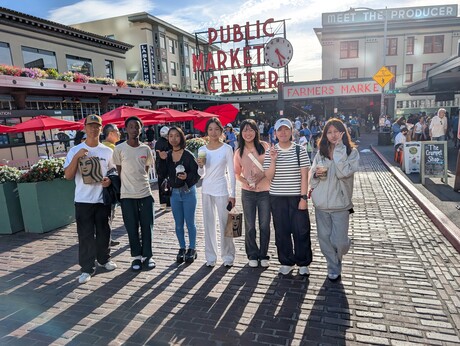Setting foot in Bellevue Adventist Church on February 4, 2023, would have sent any members or visitors into a kaleidoscope of colorful array of clothing and faces from all over the world. Czech Republic, Philippines, Costa Rica, Denmark and Iran were just a few of the countries represented that Sabbath morning.
Hosting a multicultural Sabbath worship program was an experience I found incredibly moving and empowering. As I was finishing my master’s in counseling at Southern Adventist University, I attended a Sabbath service on campus highlighting various cultures within the regular church program.
I saw how many students and staff were involved in the service and there were many faces I did not recognize. There were stories from people I wouldn’t have known about otherwise. That night, I emailed my pastor from my home church in Bellevue, Washington, and asked him if we could do something like that for our church. And, ready for anything new and inspiring, he said yes.
The question may arise: Why have a multicultural Sabbath at all? The main drive was to involve and empower people who typically don’t get heard from and who don’t usually get a chance to share their culture.
The reason doesn’t end there, though. I really wanted everyone to take advantage of learning about where people come from, how they got to our church and how they worship in their language and culture. The idea and hope was to give everyone a chance to understand each other within their individual cultural contexts.
The church foyer held a joyous reunion as members and visitors united in their cultural outfits. Some wore kitenge from Kenya, while others wore barong tagalog from the Philippines and huipil from Guatemala. As the service began, one-by-one, people went up front in their nation’s attire and introduced their country or countries represented. There were scripture readings in Portuguese, Spanish and Czech, as well as songs sung in Swahili, Finnish and Tagalog.
After 19 people shared their songs, stories, readings and cultural spotlights, the congregation sang the closing song “God is so Good” in Spanish, Japanese, Italian, Swahili, German, Tagalog, Czech and English. After the service, a potluck ensued with food provided from members of the church showcasing their favorite cultural masterpieces from South American empanadas to Jamaican ackee and Iranian sholeh zard.
The after effect of this multicultural program is already apparent. Not only are people excited to learn more about others’ cultural backgrounds and how God works in those cultures and nations, but they also want to have more multicultural Sabbaths two to three times a year to involve more people who might not usually feel comfortable to go up and share otherwise.
This type of Sabbath event can empower people who may sometimes make themselves scarce or fly under the radar to be more visibly connected to their church family and to be empowered to realize they, too, have something wonderful to bring to the table.
Even those who sit back and worship from the pew feel involved in connecting together over learning and worshiping within various cultural lenses. The mold can now change or adjust to welcome and appreciate more of who people are, where they come from and who God has made them to be. These kinds of Sabbaths provide a glimpse of what heaven might be like.







